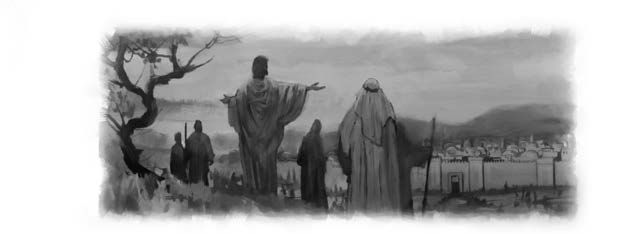Anush worked as a project manager for the Adventist Development and Relief Agency (ADRA) before Father prohibited her and Mother from worshiping at the Seventh-day Adventist church in their town in Armenia. After he lifted the ban, Anush resumed working at ADRA.
Through her work, Father met a number of visiting Adventist leaders, including the ADRA director for the Euro-Asia Division, which oversees a large swath of the former Soviet Union, including Armenia.
When Anush brought the guests home, Father was impressed to see that they were sincere and well educated.
“Adventists are good people,” he told Anush.
As he got to know the seven women who attended the Adventist house church in his town, he concluded that they also were good people.
Then Anush was accepted into a master’s program at Andrews University in the United States, and the Euro-Asia Division and ADRA agreed to cover her costs. Father was impressed by that as well. He only wanted the best for her.
When Anush graduated, she was appointed ADRA director for Armenia. Father watched as she oversaw a number of projects, and his respect grew for both the Adventist Church and the Adventist lifestyle. He removed tobacco and then alcohol from the small grocery shop that he owned.
Then he got baptized and joined the Adventist Church. It was 21 years since Mother had gotten baptized and nine years since Anush had started praying for Father to find his way to God.
After his baptism, Father met the friend whose question about reading the Bible had shocked him and prompted him to start going to church.
“Did you know that your words change my life?” he asked. “I stopped being a passive Bible reader and got baptized.”
“What are you talking about?” the friend asked.
“You asked, ‘If Jesus came tomorrow, would you say, “I have read the Bible?” Would that be enough?’ ” Father said.
The friend denied that the conversation had ever taken place.
“I never said that,” he said. “I would never judge you like that. You must have made a mistake.”
At that moment, Father realized that God had spoken to him through his friend, who hadn’t even realized what he had said.
Part of last quarter’s Thirteenth Sabbath Offering went to open a center of influence for families like Anush’s in Yerevan, Armenia. Thank you for helping spread the gospel with your offerings. Next week: Father has another dream.
